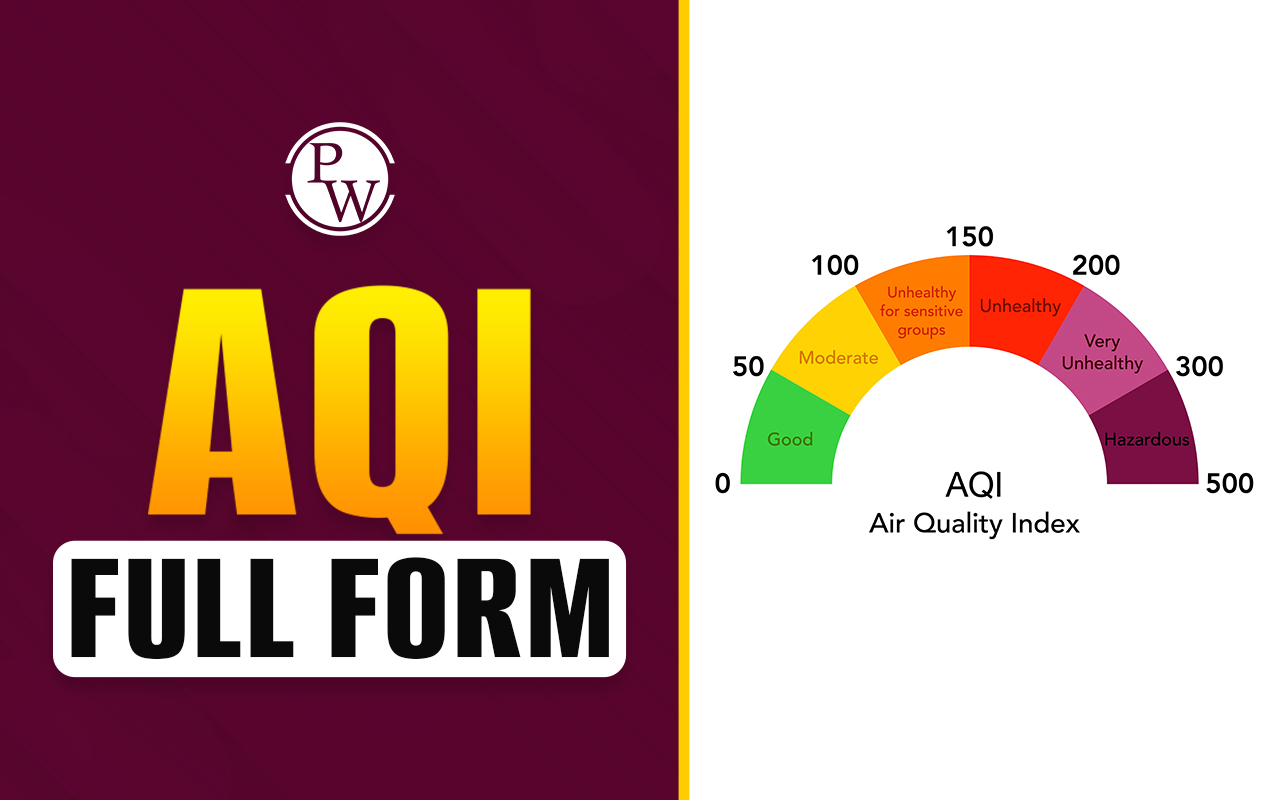
GI stands for "geographical indication." GI tags are a type of intellectual property that can state the product's origin and reputation. This is done to protect traditional products that have a specific and unique connection to a particular place. We'll discuss GI tags, including what they are, how to get one, and common questions.
Introduction to GI Tags
GI tags, which are a new idea in intellectual property, are becoming popular as a way to protect traditional products that have a unique link to a place. These tags state that a product is from a certain region and has characteristics or a reputation specific to that region. Champagne from France's Champagne region, and Darjeeling tea from India's Darjeeling district are all examples of products with GI tags.
Benefits of GI Tags
GI tags provide many benefits for both producers and consumers. For producers, they offer a way to protect their products from imitators and to differentiate their products from those of their competitors. Producers can increase sales and profits by selling authentic, place-specific products. GI tags can also boost product value and promote the product and region. For consumers, GI tags make it easy to find and buy high-quality, authentic products. They can also help spread the word about a region's unique culture and history. GI tags can also help create jobs and boost local economies by encouraging people to make and sell traditional goods. This can also preserve the area's culture by passing on traditional skills and knowledge.
Obtaining a GI Tag in India
The Geographical Indications of Goods (Registration and Protection) Act, 1999, and the Geographical Indications of Goods (Registration and Protection) Rules, 2002, explain how to get a GI tag in India. The process of obtaining a GI tag in India involves the following steps:
- First, search to see if the product name is already a GI tag. Apply to the Registrar of Geographical Indications: An individual, organisation, or association representing the goods' producers must apply for geographical indication registration. The application should include product information, regional relevance, and proof of uniqueness and reputation.
- Examination of the application: The application will be examined by the Registrar to ensure that it complies with the legal requirements.
- Publication of the application: If the application is compliant, the Registrar will publish the application in the Geographical Indications Journal to allow interested parties to oppose registration.
- The Registrar will register the geographical indication and issue a certificate if there is no opposition or if the applicant wins any opposition.
List of Popular GI Tags in India
- Darjeeling tea is known for its unique musky and floral smell and considered one of the best teas in the world.
- Kancheepuram silk sarees from silk that is grown in the Kancheepuram district of Tamil Nadu.
- Kangra paintings in the Himachal Pradesh region of Kangra. Recognized for fine details, bright colours.
- Alleppey coir products in Alleppey district of Kerala. Known for durability and strength.
- Chanderi fabrics from the town of Chanderi in the Indian state of Madhya Pradesh. They are known for being soft, light, and see-through.
- Mysore silk sarees from silk grown in the Mysore district of Karnataka, which is known for its soft texture and rich colours.
- Kutch embroidery is traditional embroidery from the Kutch district of Gujarat. Recognized for intricate designs and bright colours.
- Traditional Kolhapuri Chappals, made in the Kolhapur district of Maharashtra. Known for being long-lasting and comfortable.
- Banarasi silk sarees of Varanasi (Banaras) in Uttar Pradesh. Known for fine silk, intricate zari work and rich designs.
- Thanjavur paintings in the Tamil Nadu district of Thanjavur. Known for bright colours, gold leaf work and images of Hindu gods and goddesses.
[wp-faq-schema title=" Full Form of GI Tag FAQs" accordion=1]
How is a GI tag different from a trademark?
What are the criteria for a product to be eligible for a GI tag?
What happens if someone uses a GI tag without permission?










